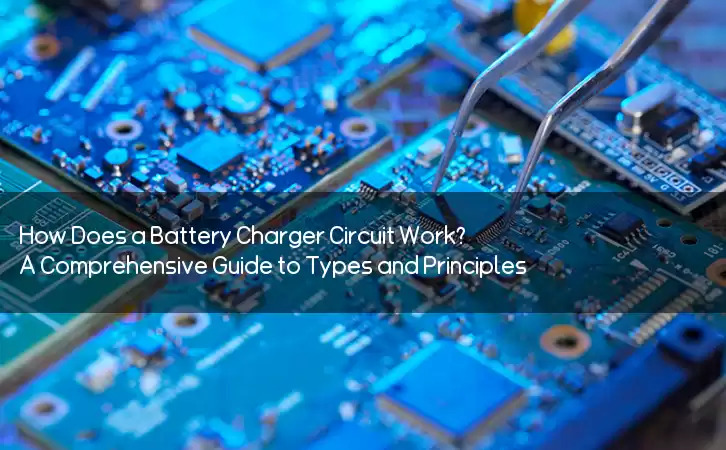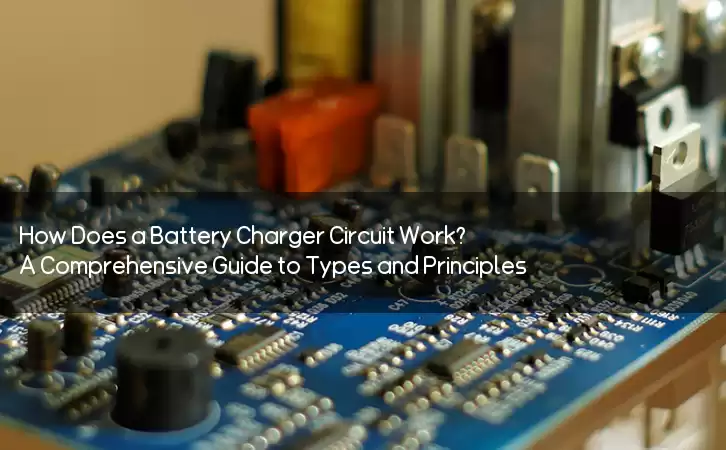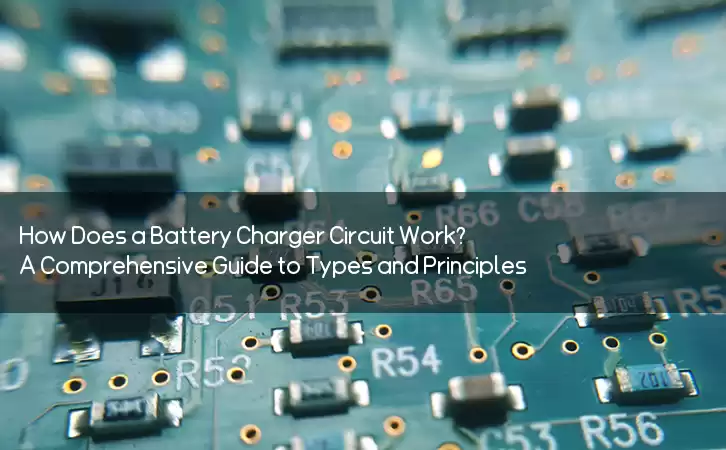Information Center
How Does a Battery Charger Circuit Work? A Comprehensive Guide to Types and Principles
Published:2023-06-08 20:39:47 Author:Green WCND Views:72Battery Charger Circuit: The Basics and How it Works

A battery charger circuit essentially refers to a system that is designed to replenish the energy stored in a rechargeable battery or cell. With the increasing use of portable electronic devices such as smartphones, laptops, and tablets, the need for an efficient and reliable battery charger circuit has become more important than ever before.

In this article, we will discuss the basics of a battery charger circuit, its different types, and how it works.

Types of Battery Charger Circuits
There are different types of battery charger circuits available in the market, each with its unique features and specifications. Some of the most common types of battery charger circuits are:
1. Linear Chargers: Linear chargers are the most commonly used battery charger circuits. They are simple and inexpensive, and can be used to charge most types of batteries, including lead-acid batteries, Ni-cad batteries, and lithium-polymer batteries. However, they are not very efficient and generate more heat, which can cause damage to the battery.
2. Switching Chargers: Switching chargers are more efficient and generate less heat than linear chargers. They are also more complex and expensive to build, making them less common in the market. They use a switching regulator to control the charging process, which results in a faster and more efficient charging experience.
3. Pulse Chargers: Pulse chargers use a high-frequency pulse to charge the battery, which reduces the charging time and increases the battery life. They are more efficient than linear chargers, but less efficient than switching chargers. They are also less common in the market and are mostly used for industrial purposes.
4. Solar Chargers: Solar chargers use solar panels to convert sunlight into electricity, which is then used to charge the battery. They are eco-friendly and can be used to charge batteries in remote areas where a power source is not available.
Working Principle of a Battery Charger Circuit
The working principle of a battery charger circuit depends on the type of charger being used. However, there are some common steps involved in the charging process that are the same for all types of chargers.
Step 1: Voltage Regulation
The first step in the charging process is to regulate the voltage being supplied to the battery. This ensures that the battery is not overcharged or undercharged, which can cause damage to the battery.
Step 2: Charging Current Regulation
The second step is to regulate the charging current being supplied to the battery. This ensures that the battery is not overcharged or undercharged and that the charging process is as efficient as possible.
Step 3: Monitoring the Charging Process
The third step is to monitor the charging process and make adjustments as needed. This includes monitoring the voltage and current being supplied to the battery, as well as the temperature of the battery and the charger.
Conclusion
In conclusion, a battery charger circuit is an essential component in any portable electronic device that relies on rechargeable batteries. It helps to ensure that the battery is charged efficiently and safely, which prolongs its lifespan and reduces the risk of damage. Understanding the basics of a battery charger circuit, its types, and working principle can help you choose the right charger for your device and make sure that it is charged effectively every time.
Power Adapter Design and Customization Guide for Portable Electric KettlesI. Common Design Types for Portable Electric Kettle Power AdaptersPortable electric ke···
I. Common Design Types of Power Adapters External Independent Type (Most Common) Design: A standalone adapter (e.g., "black brick") connected to the p···
Handheld Vacuum Cleaner Power Adapter Selection GuideIntroductionHandheld vacuum cleaners have become a mainstream tool for household cleaning due to their port···
Drill Power Adapter Selection Guide.drill-container { font-family: Arial, sans-serif; line-height: 1.6; max-width: 800px; margin: 0 auto; padding: 20px; } .dril···





